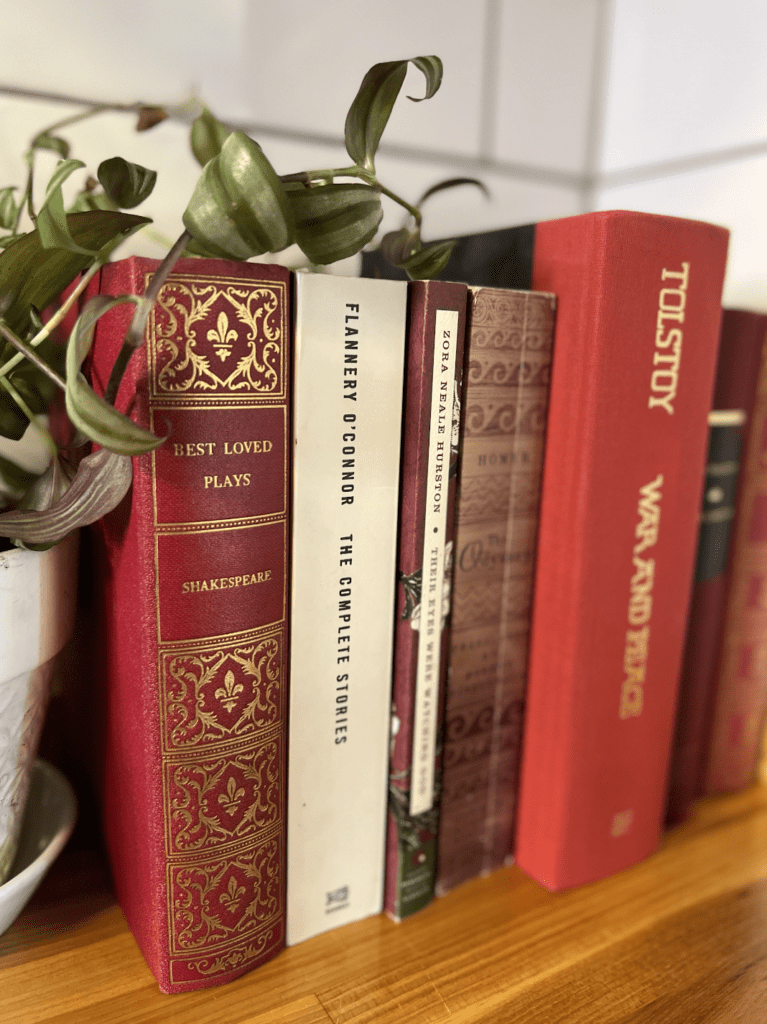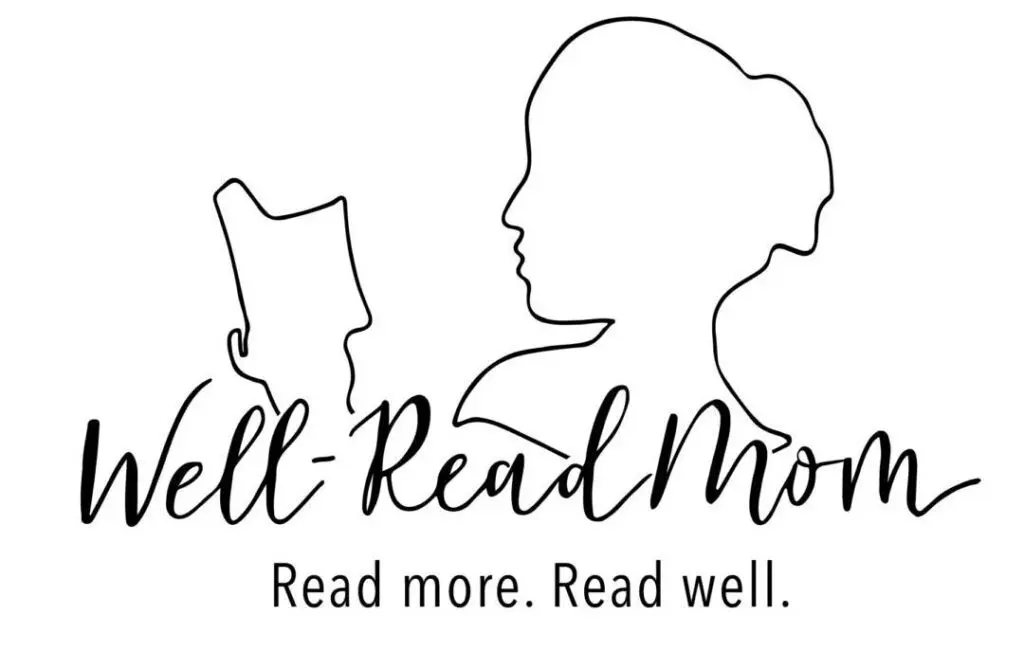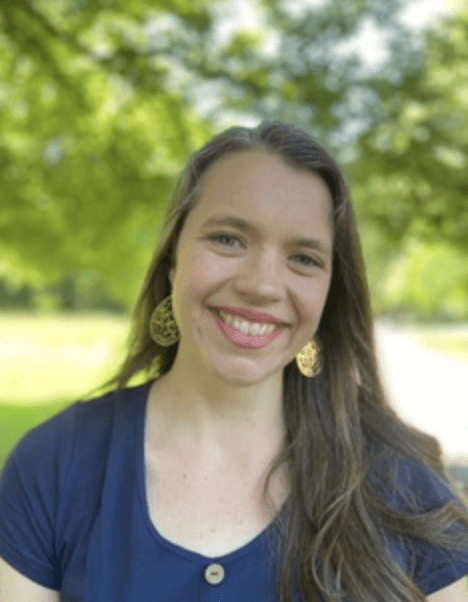Why We Should Read Hard Books—Part One
Written by Carla Galdo
Words, be they written or spoken, texted or tweeted, are under intense scrutiny these days. Publicly spoken or written words are met with criticism, anger, and even a rush to censor and punish the person who said them. We bristle, we shake our heads, and perhaps we even protest such unfortunate myopia, especially when we agree with the censored speech. Why, then, in certain Catholic and Christian circles, is the propriety of reading words that come at us from the other direction, from voices that challenge us or clash outright with our sense of morality, truth, and virtue, such an enduring problem? Can it be worthwhile, particularly in the case of literature, to read about a depraved character, or to consider the ideas of an author whose life was less than exemplary? Or must we, on our pilgrim journey towards holiness, simply avoid such literary topics as scandalous stumbling blocks? If our instinctive response to the “cancel culture” is disapproval, and if we think that people who steadily challenge the reigning, secular socio-cultural mentality should be allowed to write and speak, so should we as Catholics or Christians be willing to encounter words that challenge us and press up against our norms. We cannot, in good conscience, enact our own version of “Christian cancel-culture” and remain consistent. Let us, then, consider the propriety and even the necessity of the thoughtful reading of literature that stretches us beyond our comfort zone. Such literature may include objectionable elements and may be written by authors whose worldview, behavior, or experiences may diverge from what is virtuous and moral. Arguably, however, careful readers must encounter such content or risk living in prideful isolation, without the sympathetic understanding of diverse human experiences that facilitates and enables true charity.
Pope St. John Paul II, in his Letter to Artists, pointed out some of the key dynamics at work in art or literature that focuses the reader on the darker side of things:
Even beyond its typically religious expressions, true art has a close affinity with the world of faith, so that, even in situations where culture and the Church are far apart, art remains a kind of bridge to religious experience… Even when they explore the darkest depths of the soul or the most unsettling aspects of evil, artists give voice in a way to the universal desire for redemption.
True art, in this estimation, can serve as a valuable, two-way bridge that enables communication between a culture and a Church that can at times seem worlds apart. But at the core of every soul are regions both resplendent and shadowed, and art has the potential to reveal these, and to draw back the veil on our oft-hidden commonalities. In particular, literary art is able to “give voice” to the cry of each human heart for redemption, whether explicitly acknowledged or not. In characters who disgust or repel us, we find a mediated way to confront and understand the struggles of others. This has the potential to set us on a journey to deeper empathy with others—perhaps before we stumble upon such struggles in the fleeting encounters of day-to-day life. Literature gives us more space for contemplation, and more time to consider how we ought to respond with the mercy of Christ in particularly difficult situations. This provides a sort of literary, along-the-way education in humanity, which is not the sole purpose of reading literature, but certainly a key benefit. It is crucial, for the purposes of both charity and evangelization, for us all to be educated deeply in what it is to be human. “The educational method with the greatest capacity for good is not the one that flees from reality in order to affirm what is good separately, but rather the one that lives by advocating for the triumph of good in the world,” asserts Servant of God Father Luigi Giussani. Sometimes, in literature, this may mean witnessing the terrible reality of a life lived without Christ—not to glorify sin, but to illuminate our deepest need for salvation. This side of heaven, there will always be a rift between the world and the Christian ideal. Literature reveals the paradoxical tension of the world to us: we live in a world that is both a “vale of tears” and a wellspring of God’s graces, which are conveyed, at times, through the most surprising situations and people. We strive, love, and suffer in this world, yet always long for heaven: while “in” the world, but not “of” it, we must, like the saints, enter into its battered beauty, knowing that God’s good will triumph even in the midst of all this, and not in some imaginary land-without-sin that is not our own.

Another important element to notice in St. John Paul II’s Letter to Artists is that he defends the centrality of not just any art, but true art. There are mountains of books that are not true art: some books serve only as distractions to pass the time, their details forgotten once the plot has spun to its conclusion; other books only titillate prurient interests or glamorize the basest elements of evil; yet others may use a thinly veiled story as propaganda or to moralize. None of these are true art. This, of course, begs the question of how a legitimately curious reader, cautiously opening the door to challenging books, can know how to discern the difference between literature that is worthwhile—that is “true art” as John Paul II characterizes it—and that which is not. In today’s context it can be difficult to know where to begin. Just as a constant diet of chicken nuggets desensitizes the tongue to the nuances of fresh and more complex foods, a constant mental diet of social media, blogs, and viral sound bites desensitizes the brain to the intricacies of more sophisticated literary art. This can lead to the tendency to err too much on the side of caution, avoiding any literature that presents fraught topics or seems dauntingly complex.
Stay tuned for “Why We Should Read Hard Books—Part Two”!
This article is adapted from the Well-Read Mom’s “Criteria for Book Choices,” crafted collaboratively by Carla Galdo and Colleen Hutt, with assistance from the ideas of Marcie Stokman, Alison Solove, and the other women of the Well-Read Mom Leadership Team. This article was first published in Humanum: Issues in Family, Culture, & Science. You can read it here.
About Well-Read Mom
For our Tenth Anniversary, the reading list put together by Well-Read Mom reflects on the theme of family. In Well-Read Mom we desire to create a place for women, not to escape from family life and work, but to experience a kind of leisure through friendship and literature so that women can return to their lives with a renewed vision and vigor. By reading books together, we help sustain a tradition of reading, which is a gift not only to our families but to the world. We hope you’ll join Well-Read Mom for our Year of the Family. Find out more.

Check out Well-Read Mom on social media!

